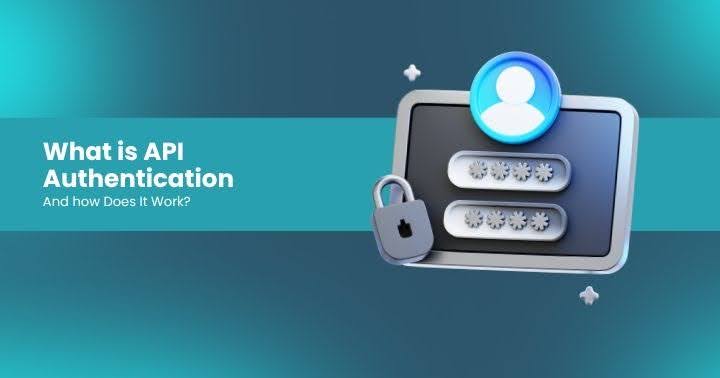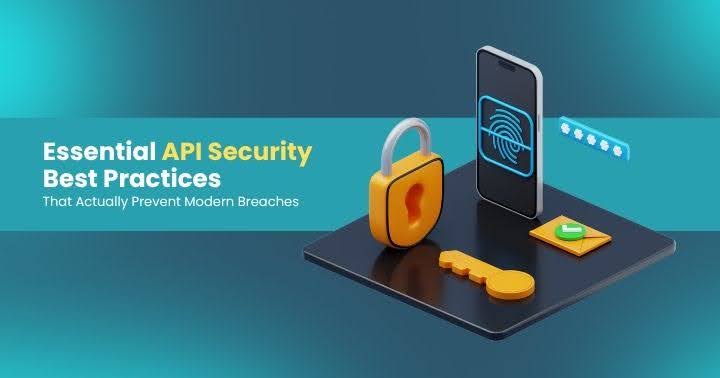Navigating the Complexity of Service Mesh Security
If the concept of a service mesh feels overwhelming, you're not alone. Let’s take a deep breath and break it down together. Whether you’re concerned about maintaining security or just trying to get a handle on this complex topic, Drew Miller is here to guide you through it.

From Simplicity to Complexity
Back in the day, security was relatively straightforward. We had a single server, deployed our code in one place, and debugging was simpler. Fast forward to today, and we’ve expanded our processing across multiple layers and components. The evolution of HTTP and APIs has led to a sprawling network of dependencies, making things far more complex.
In today’s environment, security challenges are amplified. A service mesh, with its multiple layers and components, introduces new vulnerabilities and complexities. You might encounter issues like outages, user performance impacts, and evolving requirements. The key challenge is managing this complexity effectively.
Understanding Transient Carriers
One crucial concept in managing service mesh security is the idea of a transient carrier. Imagine a transient carrier as a person passing a virus from one person to another. Similarly, in a service mesh, data can be passed along without being validated at each point. This approach can simplify processes, but it also introduces risks if data is not properly validated before it reaches its destination.
In practice, you might opt to be a transient carrier by passing data through your system without validating every single piece. The alternative—validating every possible request at every point—is often impractical due to the sheer volume of data and requests.
Strategies for Handling Data
Here’s a balanced approach: Allow some level of transient carrying but ensure that critical validation occurs at fulfillment points or other key locations. This method helps you manage performance while still maintaining security.
- Data Owners: Define what constitutes valid data and how it should be handled.
- Code Owners: Implement the necessary validations and process requirements as specified by data owners.
- Test Owners: Separate the responsibilities of code development and testing to ensure thorough validation.
Leveraging AI tools for generating code and tests can be beneficial, but they should complement—not replace—human expertise.
Testing and Performance Management
Performance testing is vital. If you don’t test properly, you might face performance issues or scale problems when you go live. Conduct thorough performance testing to understand how your system will behave under different conditions and ensure that your system scales effectively.
Addressing Failures and Misconfigurations
In the event of a service mesh failure or misconfiguration, having a robust disaster recovery plan is crucial. This includes maintaining multiple environments, redundancy at various layers (network, application, cloud), and a well-defined plan for dynamic updates and scaling.
Network and Firewall Considerations
Network security is a critical aspect. Using IP subnetting and L3/L4 firewalling helps protect your network. Advanced firewalls offer Layer 3 to Layer 7 protection, including introspection and application security features. Ensure your service mesh infrastructure is equipped to handle these security layers.
Conclusion
In summary, managing security within a service mesh involves navigating complexity, balancing transient data handling with critical validation, and rigorous testing. Be honest about your system’s limitations and ensure you have strategies in place for handling failures and misconfigurations.
Thank you for joining me on this journey through service mesh security. Remember, it’s about understanding the complexity, testing thoroughly, and maintaining robust validation and failure management practices. If you have any questions or need further clarification, feel free to reach out!
Q&A
Q: What is a DOM update payload?
A: The Document Object Model (DOM) update payload refers to updates made to a webpage’s DOM, which is an XML-style representation of the page's structure. When dynamic content is loaded or updated on a webpage, it’s called a DOM update. Proper handling of DOM updates is crucial to prevent exploitation.
Q: What are the guardrails for catastrophic failure in a service mesh?
A: Key strategies include maintaining multiple environments, implementing redundancy, and having a disaster recovery plan. Regularly test your system’s failure responses and ensure you have processes in place for quick recovery and scaling.
Q: How does IP subnetting and L3/L4 firewalling fit into service mesh security?
A: IP subnetting and advanced firewalls are essential for securing network layers. They help protect against unauthorized access and vulnerabilities by controlling traffic and ensuring proper security measures are in place across your infrastructure.
You can watch all of Drew's session from APISEC\CON here.
Latest Articles
Earn your APIsec University Certificate
Earn an APIsec University certificate and badge for completing any of our courses.
Post your badge on LinkedIn and share your accomplishments. You can even receive CPE credits for taking these courses.











